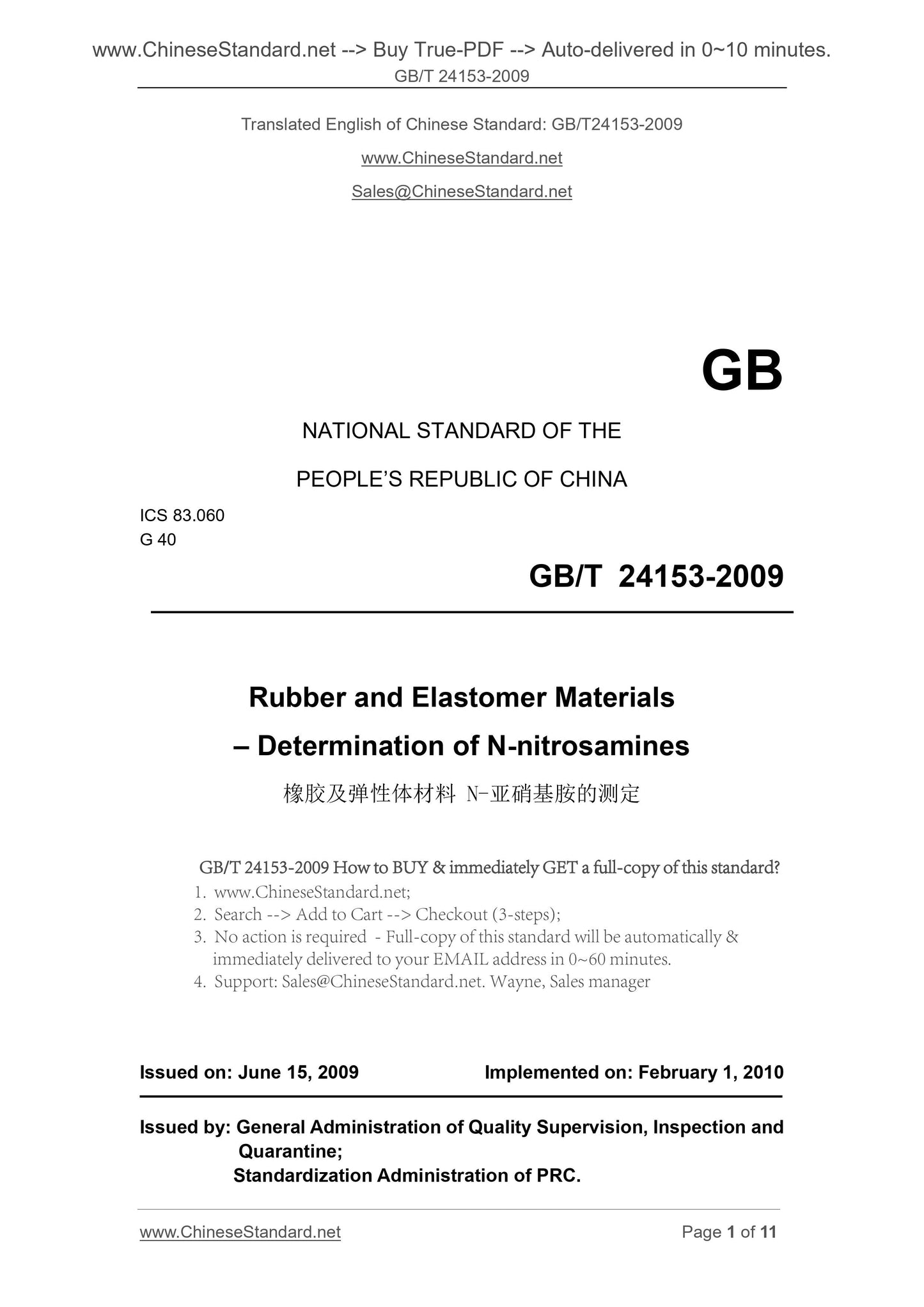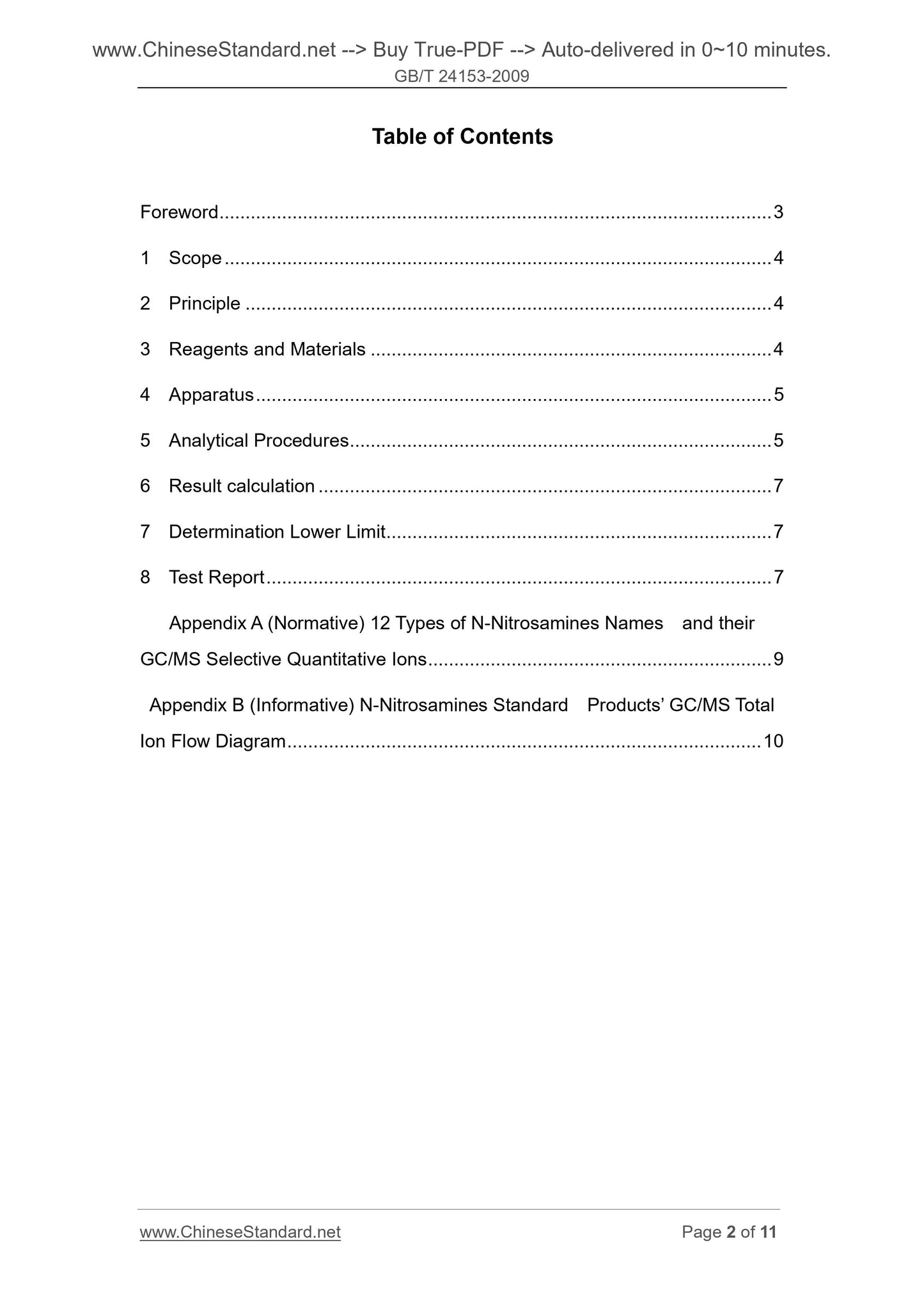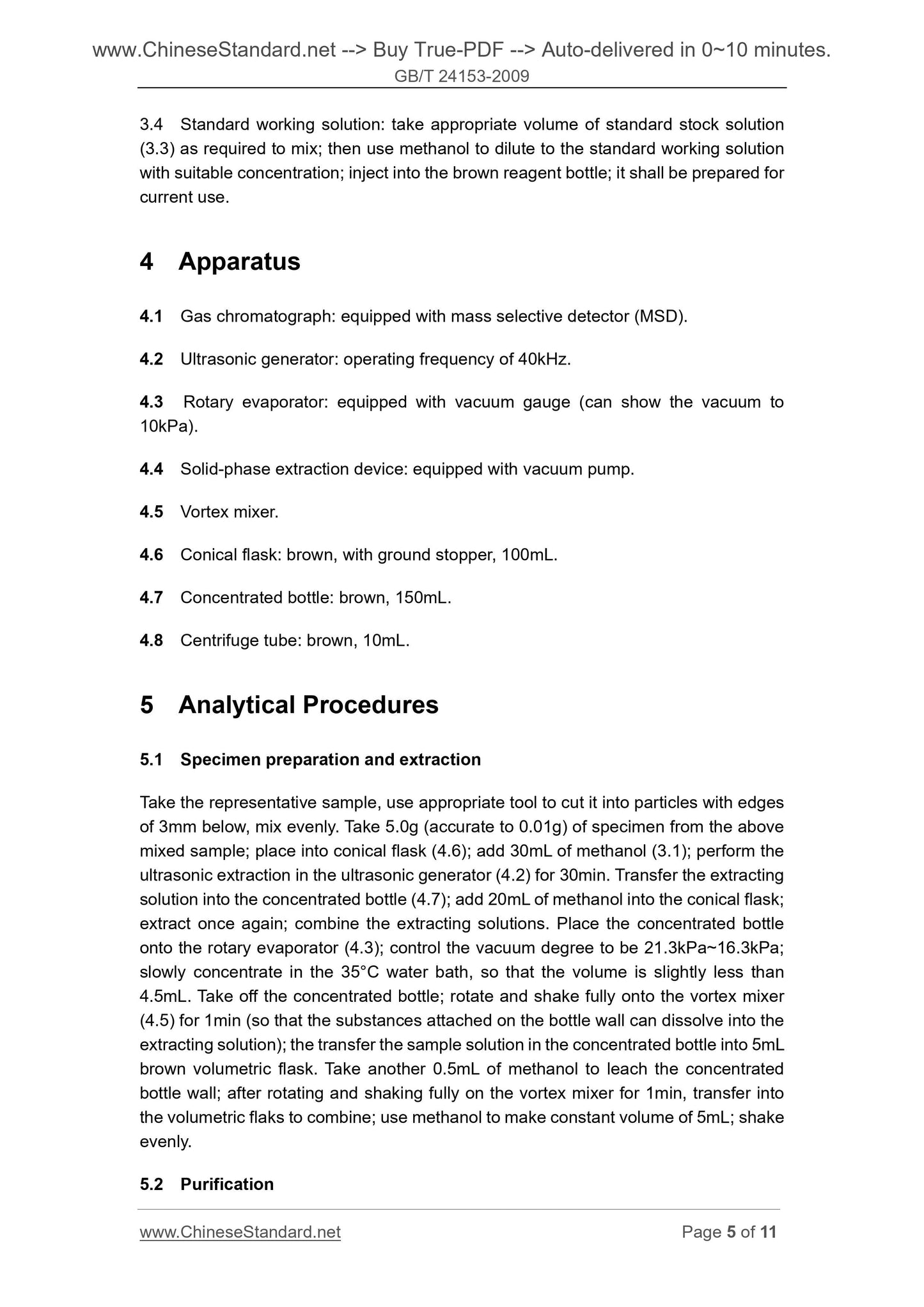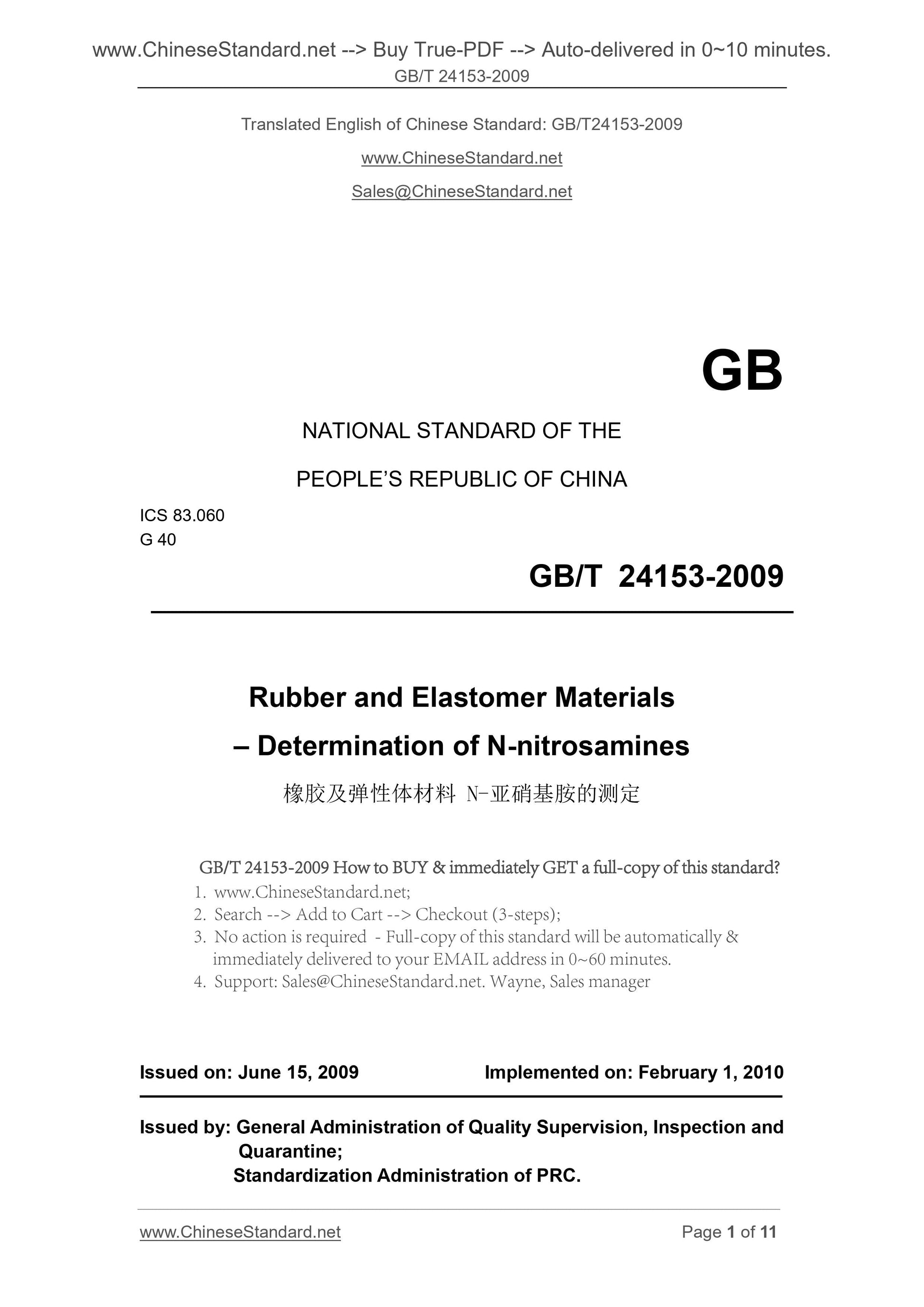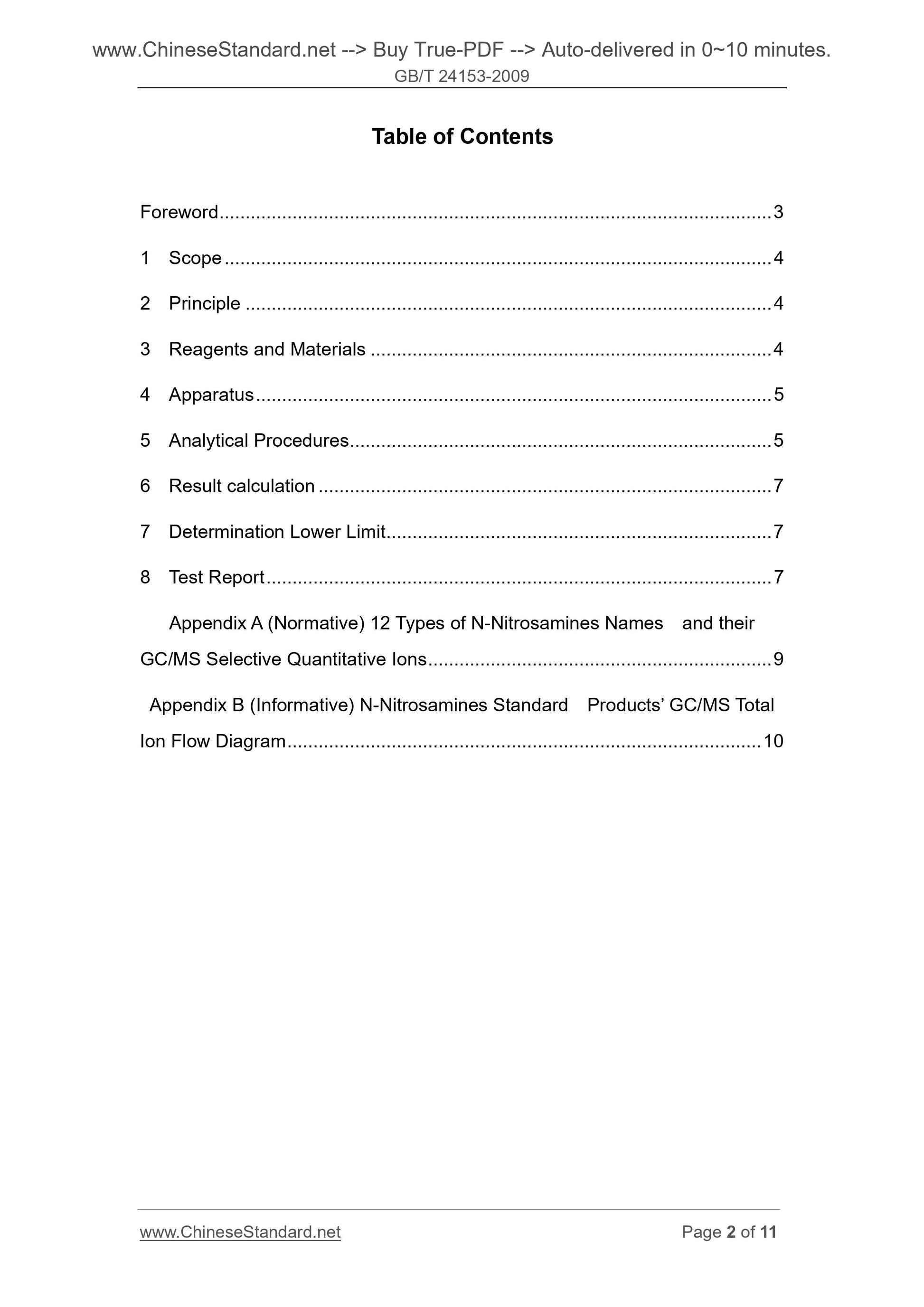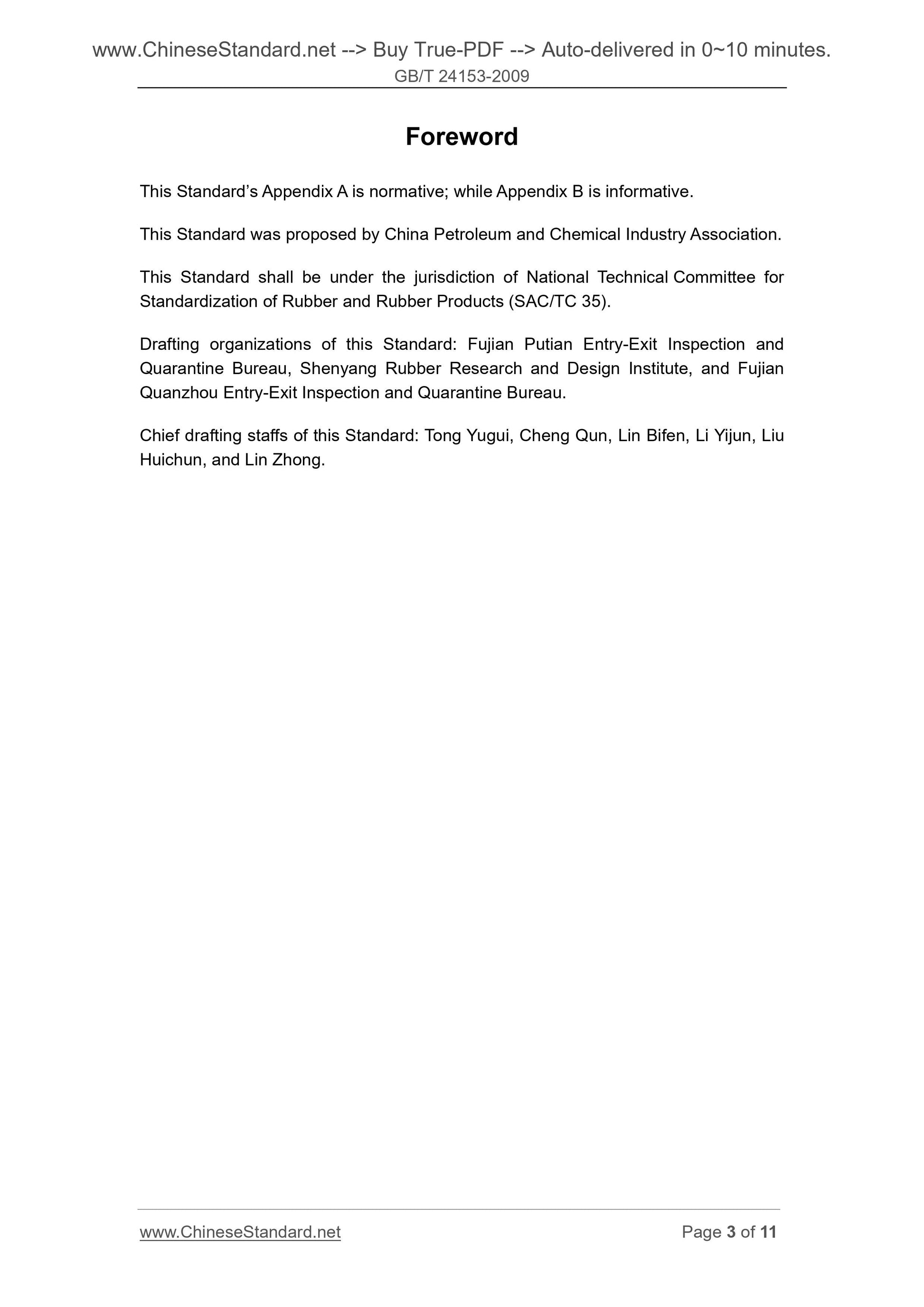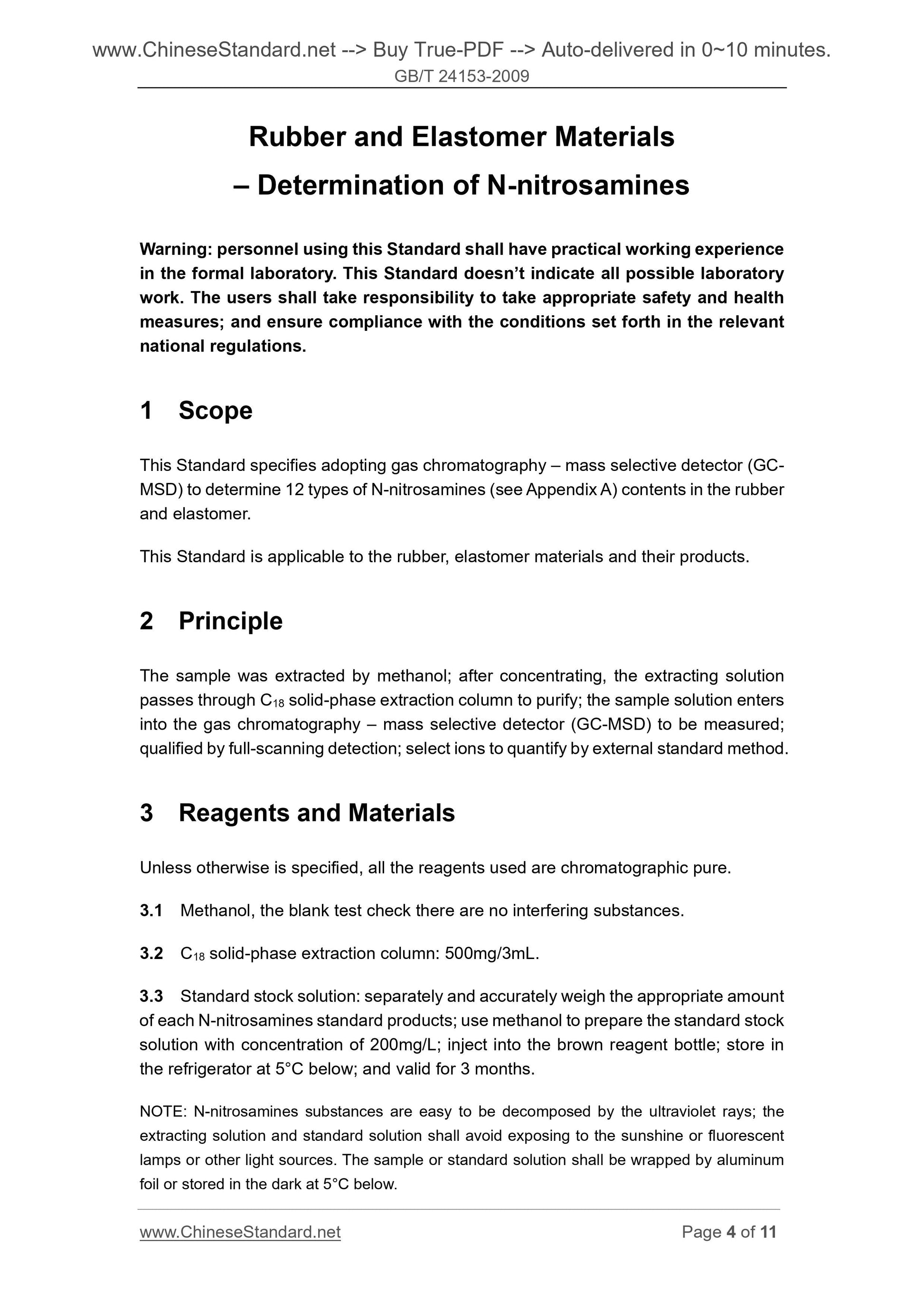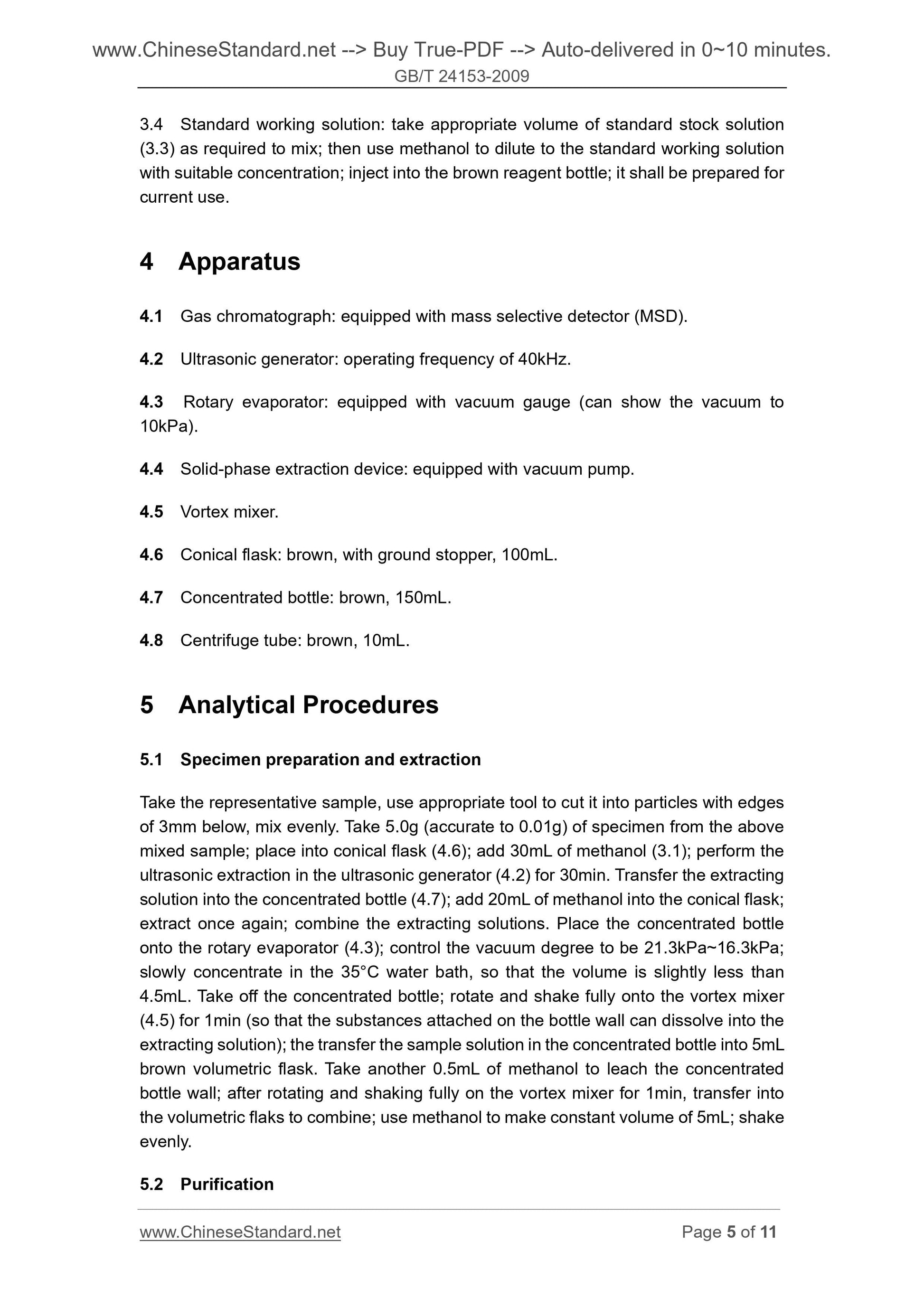1
/
of
5
www.ChineseStandard.us -- Field Test Asia Pte. Ltd.
GB/T 24153-2009 English PDF (GB/T24153-2009)
GB/T 24153-2009 English PDF (GB/T24153-2009)
Regular price
$70.00
Regular price
Sale price
$70.00
Unit price
/
per
Shipping calculated at checkout.
Couldn't load pickup availability
GB/T 24153-2009: Rubber and Elastomer Materials - Determination of N-nitrosaminess
Delivery: 9 seconds. Download (and Email) true-PDF + Invoice.Get Quotation: Click GB/T 24153-2009 (Self-service in 1-minute)
Newer / historical versions: GB/T 24153-2009
Preview True-PDF
Scope
This Standard specifies adopting gas chromatography – mass selective detector (GC-MSD) to determine 12 types of N-nitrosamines (see Appendix A) contents in the rubber
and elastomer.
This Standard is applicable to the rubber, elastomer materials and their products.
Basic Data
| Standard ID | GB/T 24153-2009 (GB/T24153-2009) |
| Description (Translated English) | Rubber and Elastomer Materials - Determination of N-nitrosaminess |
| Sector / Industry | National Standard (Recommended) |
| Classification of Chinese Standard | G40 |
| Classification of International Standard | 83.060 |
| Word Count Estimation | 10,134 |
| Date of Issue | 2009-06-15 |
| Date of Implementation | 2010-02-01 |
| Regulation (derived from) | National Standard Approval Announcement 2009 No.8 (Total No.148) |
| Issuing agency(ies) | General Administration of Quality Supervision, Inspection and Quarantine of the People's Republic of China, Standardization Administration of the People's Republic of China |
| Summary | This standard specifies the use of gas chromatography-mass spectrometry select side device detection (GC-MSD) determination of rubber and elastomer material 12 kinds of N-nitroso amine content approach. This standard applies to rubber, elastomeric materials and products. |
Share
